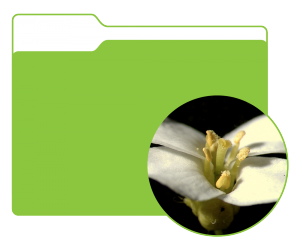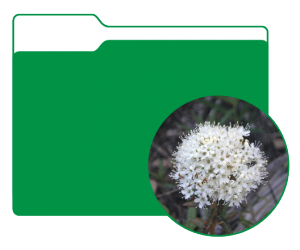The images provided in the folders below should allow you to get more familiar with the plants of Alaska and with identifying them using dichotomous keys. Please use the Hulten keys that I have provided in our class space on Canvas (look for the Hulten Keys link in the Modules tab). The plant images I am providing here are from my own dissections of native plants in Alaska, and should be sufficient for you to key the plant out.
To check your work: AFTER you have keyed the specimens using the Hulten key, check your results here – find the scientific names of each of the plants.
Instructions: The Hulten key will allow you to determine if it is a flowering plant within vascular plants or any of the other groups of non-vascular plants (reproducing by spores). Next, you will determine whether or not the corolla is fused or not: distinct petals (or lacking petals)- Choice D – Archiclamydeae (Apopetalae). If the petals are fused use choice E Metachlamydeae (Sympetalae). This will get you to the family of your plant. Then you can determine the genus of your plant with the subsequent keys in Hulten. Scroll down to your family, for example, if you were to key out the leatherleaf from the dissection video, you would go down to page 21 and find Ericaceae. There you would use the information from your dissections (or the video) and follow the two-way choices in the key until you arrive at an endpoint that is a species name. In the case of leatherleaf, you know from the video that the fruits are dry capsules, so the ovary is superior. you also saw that the petals are connate, and that the floral parts were in 5s’ (there were 5 distinct corolla lobes), you saw that there were 10 anthers and those did not have horns, so you arrive at Chamaedaphne calyculata. Easy as 1-2-3.
Practice plants:
Each folder below links to a shared folder of images for each specimen on Google Drive.
Plant 1 (please key to genus) |
Plant 2 |

